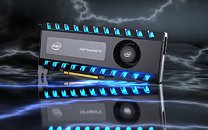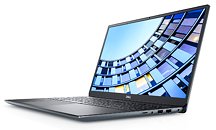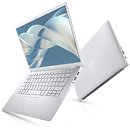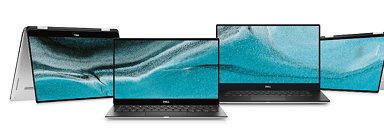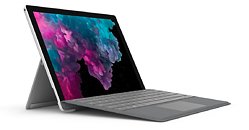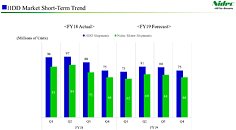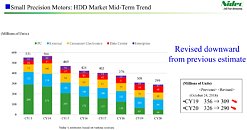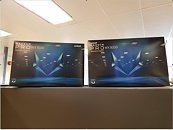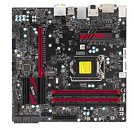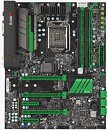
EVGA Bundles in "Deliver Us The Moon" with Select RTX 20 Series Graphics Cards
In case you missed the giant banners on the website, EVGA shared news with us that they are bundling in a free game with their GeForce RTX 20 series graphics cards, and this includes the EVGA GeForce RTX ️ 2080 Ti, 2080/2070/2060 SUPER, and 2080/2070/2060. The promotion is not from NVIDIA, and this is not the first time EVGA have gone the extra step to sweeten the deal towards consumers buying their cards as opposed to other add-in card partner solutions. Deliver Us The Moon is a weird little sci-fi thriller game with puzzle mechanics and rudimentary flight systems that yours truly found interesting for the few hours played thus far, and is well worth checking into- especially as a freebie on top of your GPU purchase. There is also NVIDIA RTX support to use with your new graphics card, and the ambient lighting in the game does benefit from it, especially when flying in space. For more information on this promo, click here.




